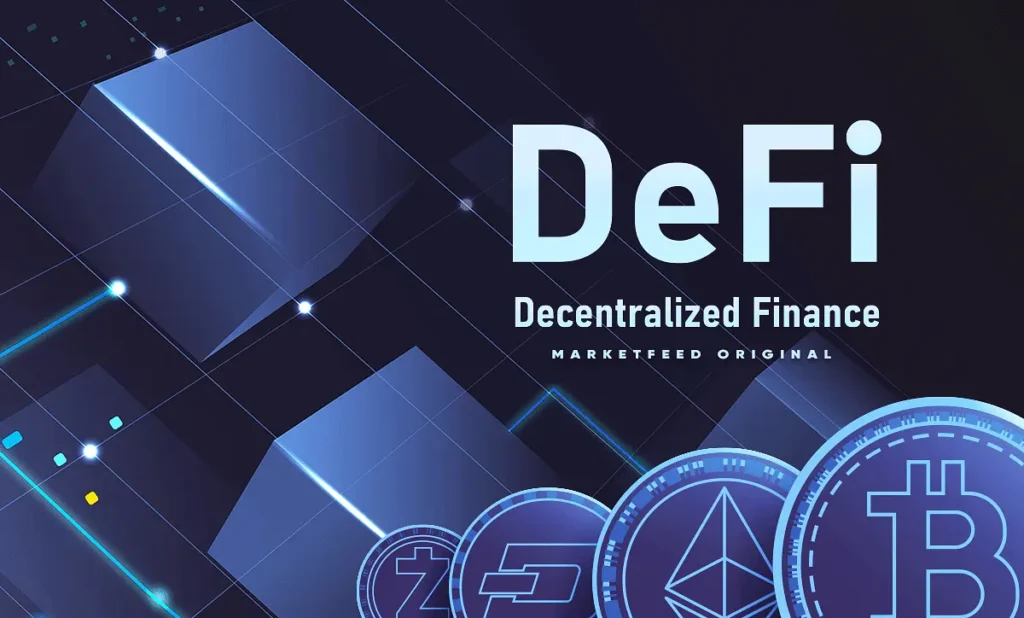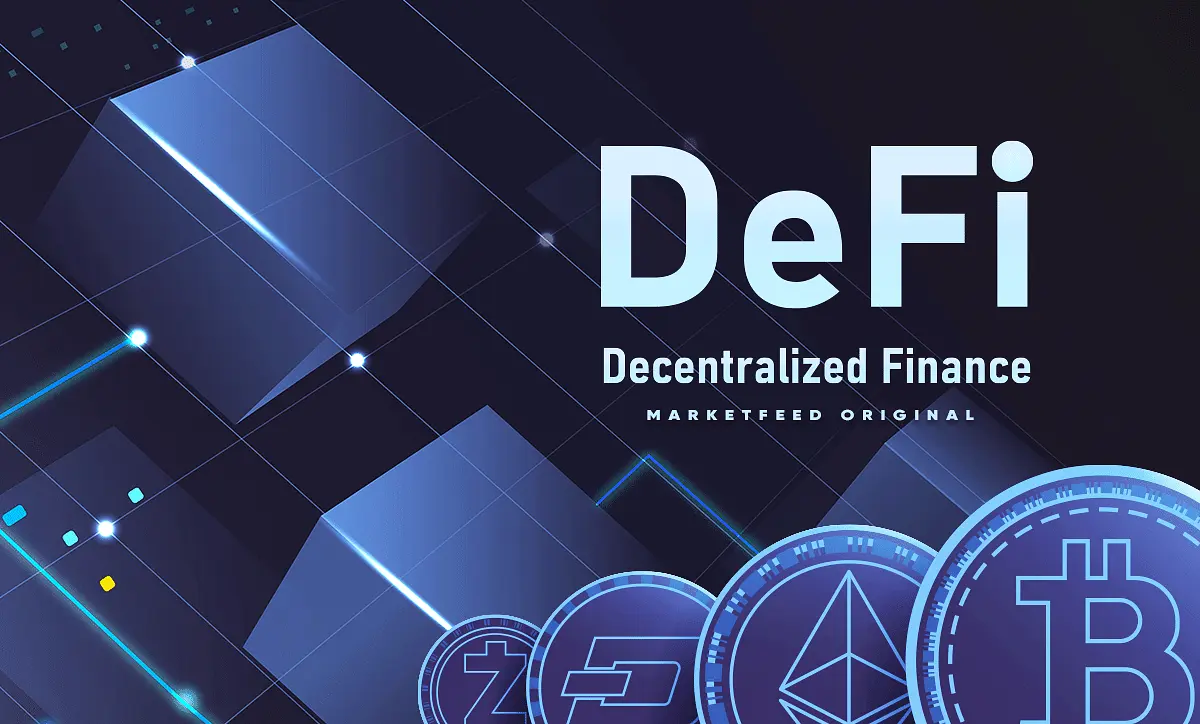Decentralized finance (DeFi) has emerged as a disruptive force in the financial industry, challenging traditional models and offering innovative solutions. By leveraging blockchain technology, DeFi protocols aim to create a more transparent, accessible, and efficient financial system. This blog post will explore the potential of DeFi to revolutionize traditional finance, examining its key features, benefits, and challenges.

Content
Understanding DeFi
DeFi refers to a broad range of financial applications built on blockchain networks. These applications enable users to access various financial services, such as lending, borrowing, trading, and investing, without intermediaries like banks. DeFi protocols are typically open-source and transparent, allowing anyone to verify the underlying code and transactions.
Key Features of DeFi
- Decentralization: DeFi protocols operate on decentralized networks, ensuring that no single entity controls the system. This eliminates the risk of censorship and provides greater resilience.
- Transparency: All transactions and data on DeFi platforms are publicly visible on the blockchain, enhancing transparency and accountability.
- Accessibility: DeFi services are often available to anyone with an internet connection, regardless of geographic location or financial background.
- Composability: DeFi protocols are highly interoperable, allowing developers to create new applications and services by combining existing building blocks.
- Permissionless Finance: DeFi protocols are typically permissionless, meaning anyone can participate without requiring prior approval or verification.
Benefits of DeFi
- Financial Inclusion: DeFi has the potential to bring millions of people into the global financial system who are currently excluded due to high costs or limited access to traditional banking services.
- Lower Costs: By eliminating intermediaries, DeFi can reduce transaction fees and other costs associated with traditional financial services.
- Greater Efficiency: DeFi protocols can streamline financial processes, making transactions faster and more efficient.
- Innovation: The decentralized and open-source nature of DeFi fosters innovation, allowing developers to experiment with new financial products and services.
- Resilience: DeFi systems are less vulnerable to censorship and manipulation, making them more resilient to economic shocks and political instability.
Challenges and Considerations
Despite its promise, DeFi faces several challenges and considerations:
- Scalability: As DeFi grows in popularity, it may encounter scalability issues, particularly in terms of transaction speed and costs.
- Regulation: The regulatory landscape for DeFi is still evolving, and unclear regulations can create uncertainty and hinder innovation.
- Security: DeFi protocols are vulnerable to security risks, such as hacks and exploits. Robust security measures are essential to protect user funds.
- User Experience: DeFi applications can be complex and difficult to use for those unfamiliar with blockchain technology. Improving the user experience is crucial for mainstream adoption.
- Interoperability: While DeFi protocols are becoming more interoperable, challenges remain in ensuring seamless communication and data sharing between different platforms.
The Future of DeFi
The future of DeFi is bright, with the potential to revolutionize the financial industry. As DeFi protocols continue to mature and address the challenges they face, we can expect to see a growing number of innovative applications and services emerging.
Some potential future developments in DeFi include:
- Decentralized exchanges (DEXs): DEXs are likely to become even more popular as they offer a more decentralized and secure alternative to centralized exchanges.
- Decentralized stablecoins: Stablecoins pegged to fiat currencies could play a crucial role in DeFi, providing a stable store of value and facilitating transactions.
- Insurance: DeFi protocols are being developed to offer decentralized insurance products, such as crop insurance and property insurance.
- Decentralized lending platforms: DeFi lending platforms are expected to continue growing, offering competitive interest rates and flexible terms.
- Integration with traditional finance: As DeFi matures, it may become more integrated with traditional financial systems, leading to a hybrid model that combines the best of both worlds.
Conclusion
In conclusion, DeFi represents a significant opportunity to transform the financial industry. By leveraging blockchain technology, DeFi protocols have the potential to create a more inclusive, efficient, and transparent financial system. While there are challenges to overcome, the future of DeFi looks promising, and it is likely to play a major role in shaping the financial landscape of tomorrow.

James has been a crypto enthusiast for a year. He’s an avid watcher of all the latest developments in the space, and enjoys predicting what will happen next with his favorite coins.
He lives in his hometown of New York City with his wife and two sons. His hobbies include watching movies, playing basketball, and reading about how to survive disasters that may occur from climate change or an asteroid impact!


